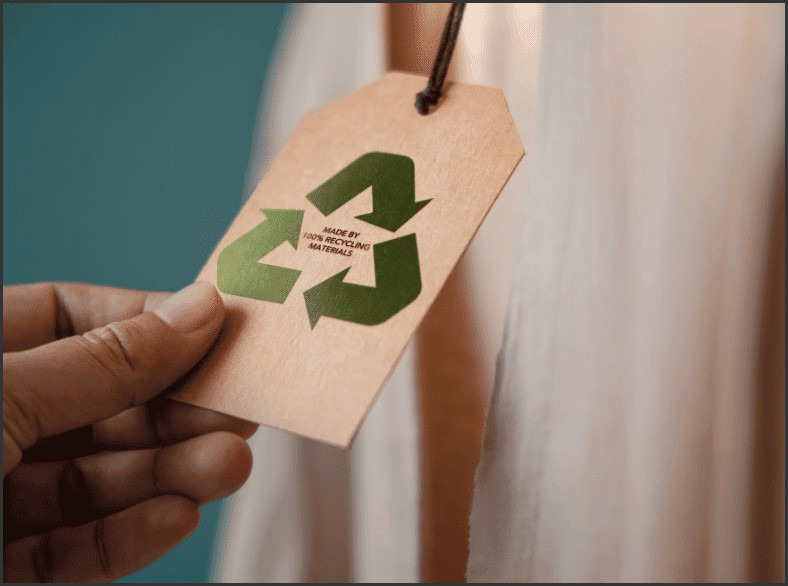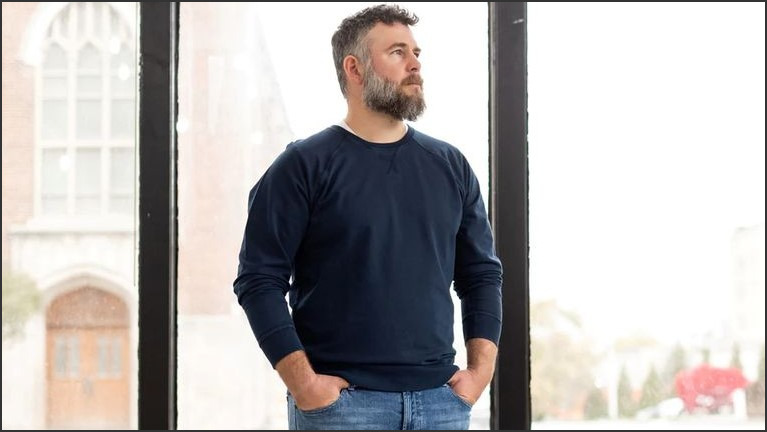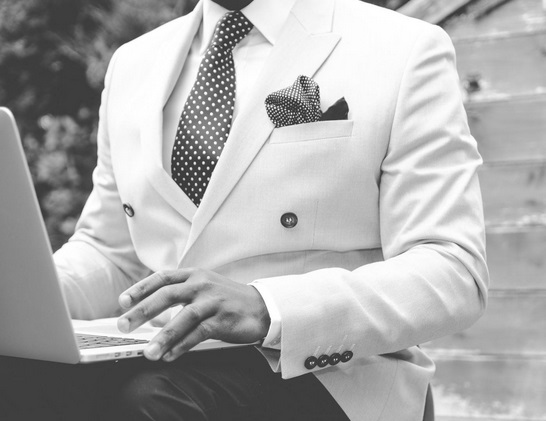Category Archives: Fashion
Sustainable Fashion: A Stylish Revolution Towards a Greener Future

Source: brilliantio.com
In a world where environmental consciousness is more crucial than ever, sustainable fashion has emerged as a beacon of hope within the fashion industry. It represents a paradigm shift, where style meets responsibility, and the choices we make as consumers have a tangible impact on the planet. Let’s explore the essence of sustainable fashion and why it’s more than just a trend—it’s a movement towards a greener, more ethical future.
- Defining Sustainable Fashion:
Sustainable fashion is a holistic approach to clothing production, distribution, and consumption that prioritizes environmental and social responsibility. It seeks to minimize harm to the planet and promote ethical treatment of workers throughout the supply chain.
- Eco-Friendly Materials:
Sustainable fashion starts with the choice of materials. Designers are increasingly turning to eco-friendly options like organic cotton, hemp, Tencel, and recycled fabrics. These materials reduce the carbon footprint of clothing production and minimize chemical pollution.
- Ethical Production:
Ensuring fair labor practices and safe working conditions for garment workers is a cornerstone of sustainable fashion. Brands that prioritize ethics often provide fair wages, safe workplaces, and transparency in their production processes.
- Quality Over Quantity:
The fast fashion mentality, characterized by disposable clothing and constant consumption, is being replaced by a focus on quality. Sustainable fashion encourages investing in timeless, durable pieces that can last for years.
- Upcycling and Recycling:
Upcycling and recycling play a vital role in sustainable fashion. Brands and individuals are repurposing old garments and textiles to create unique, eco-friendly fashion items. This reduces waste and conserves resources.
- Local and Artisanal Production:
Supporting local artisans and small-scale producers is another aspect of sustainability. This reduces the carbon footprint associated with long-distance shipping and helps preserve traditional craftsmanship.
- Minimal Waste:
Sustainable fashion brands are working diligently to reduce waste at every stage, from design to manufacturing. Techniques like zero-waste pattern-making and using excess fabric for other products are becoming increasingly common.
- Transparency and Accountability:
Many sustainable fashion brands are committed to transparency. They provide information about their supply chain, sourcing practices, and the environmental impact of their products, allowing consumers to make informed choices.
- Consumer Empowerment:
As consumers become more conscious of the impact of their fashion choices, they are driving change within the industry. By supporting sustainable brands and demanding transparency, consumers are empowering ethical fashion practices.
- A Stylish Future:
Sustainable fashion isn’t about compromising on style; it’s about redefining it. From chic eco-friendly designs to unique upcycled pieces, sustainable fashion offers a diverse range of stylish options for conscious consumers.
Conclusion:
Sustainable fashion is more than a passing trend; it’s a powerful movement reshaping the fashion industry’s landscape. It embodies the idea that fashion can be both stylish and environmentally responsible, and it empowers consumers to make choices that align with their values. As we continue on this journey towards a greener future, sustainable fashion serves as a reminder that our clothing choices have the power to create positive change in the world—one stylish, eco-conscious outfit at a time.
Fashion Beyond Boundaries: The Rise of Gender-Neutral Fashion

Source: pubpub.org
In an era marked by progress and inclusivity, gender-neutral fashion stands as a symbol of breaking free from traditional norms and embracing diversity. This transformative movement is redefining the fashion landscape, challenging conventional notions of clothing as gender-specific, and promoting a more inclusive, expressive, and empowering wardrobe for everyone. Join us as we explore the world of gender-neutral fashion and its profound impact on self-expression and equality.
- What is Gender-Neutral Fashion?
Gender-neutral fashion, also known as unisex fashion, is a style movement that blurs the lines between traditional “men’s” and “women’s” clothing. It is characterized by designs, silhouettes, and styles that are intentionally created to be worn by individuals regardless of their gender identity.
- A Triumph of Inclusivity:
Gender-neutral fashion is a triumph of inclusivity. It recognizes that clothing should not be confined by societal expectations or stereotypes, allowing everyone to express themselves authentically and comfortably.
- Breaking Stereotypes:
Gender-neutral fashion challenges stereotypes associated with clothing. It dismantles the notion that certain styles, colors, or cuts are exclusive to a particular gender, promoting a more open-minded and accepting society.
- A Sustainable Choice:
The gender-neutral fashion movement often aligns with sustainable principles. By creating versatile pieces that can be shared among people of different genders, it reduces overconsumption and waste in the fashion industry.
- Individuality and Self-Expression:
Gender-neutral fashion celebrates individuality and self-expression. It empowers individuals to choose clothing based on personal style and comfort, rather than conforming to predefined gender norms.
- Designing for All Bodies:
Inclusivity extends to design. Gender-neutral fashion considers a wide range of body types, ensuring that garments are comfortable and flattering for all wearers.
- Icons of the Movement:
Gender-neutral fashion has been championed by fashion designers, celebrities, and activists who have embraced the concept and showcased its power in the mainstream. These icons help normalize the movement and inspire others to do the same.
- Fashion for the Future:
As gender-neutral fashion continues to gain momentum, it represents a brighter future for the fashion industry. It fosters creativity, innovation, and acceptance, paving the way for a more diverse and equitable world.
- Retailers and Brands Leading the Way:
Many retailers and brands are embracing gender-neutral fashion by launching collections that challenge traditional gender norms. These companies are helping make gender-neutral clothing more accessible to a broader audience.
- Participating in the Movement:
Embracing gender-neutral fashion is about celebrating individuality, supporting inclusivity, and advocating for equality. Whether you’re a designer, retailer, or consumer, you can contribute to this transformative movement by embracing and promoting gender-neutral fashion.
Conclusion:
Gender-neutral fashion is more than a style; it’s a movement that empowers individuals to be their authentic selves. It dismantles barriers and challenges preconceived notions, fostering a world where fashion is a tool for self-expression and equality. As gender-neutral fashion continues to break down boundaries, it invites us all to participate in a more inclusive, diverse, and accepting future where clothing knows no gender.
The Top Reasons Why You Should have a Bespoke Suit in Your Wardrobe

There are a lot more options now for men who are looking to buy a good suit, and whether or not you have a whole wardrobe of suits or are aiming to find a suit for a special occasion, you can choose from ready-to-wear to made to measure to bespoke. But among these kinds of suits, which one is best for you? Granted, ready to wear may be a popular option due to its price, but if you want a suit that’s more attuned to your preference and, more importantly, your body type, then a bespoke suit is the best option. Made to measure suits can also be an excellent choice, but since it only deals with two-dimensional and straightforward measuring, it is still not as specific as a completely bespoke suit. If you are still wondering what a bespoke suit can do for you, here are the top reasons why you should have a bespoke suit in your wardrobe.
The definition of bespoke
It pays to know what a bespoke suit is. Essentially speaking, a bespoke suit is a suit made right from the ground up. You can choose it in any material, form, shape, or style, and the creation of the suit usually involves more than one tailor as well. To create a bespoke suit, you will meet with a tailor whom you can discuss your needs with – whether you want a particular style, what the suit is for, and what ideas you have regarding your suit. They will then take your measurements and make detailed notes of your body shape. Afterwards, the tailor will draw a set of bespoke patterns on paper and cut the pattern based on their notes and measurements. The tailor will then cut the fabric you choose following your measurements, and in the course of a few fittings, your suit’s fit will be refined until you are presented with the final finished product.
The real reasons why you should have a bespoke suit
- It’s a great fit. The biggest benefit of a bespoke suit is its fit. There is no doubt that a bespoke suit will ‘fit you to a T’ as they say, and it should also flow down your body in the right way. In other words, it will produce a clean, proper back and look sharp on your shoulders as well as torso, and it should fit the length of your legs and arms perfectly. It should also be a much more comfortable fit – making you feel like you aren’t wearing a suit at all.
- It lasts longer. Compared to ready to wear suits or even made to measure suits, bespoke suits generally last for a longer time. Since a lot of work will go into making the suit, from the pocket stitching to the waistband lining, the suit should be able to serve you well. Also, since it is handmade, it will be easier for you to make adjustments to it after some time, especially if you lose or gain weight – the tailor will already know your body shape and type and will be more familiar with your preference and style.
- A chance to be creative. Bespoke suits can give you the chance to be as creative as you want, not just in its shape, but also in its detail, finishing, and material.
Image attributed to Pixabay.com





